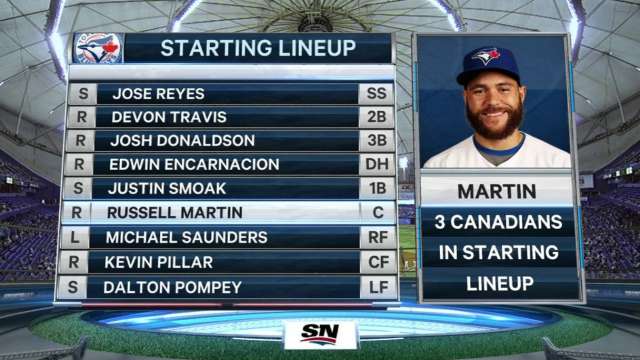Students often struggle with deciding whether the problem required permutations or combinations.
The key is to decide whether order must be considered or not when counting the possibilities. If order matters and selections may not be repeated, then you should use permutations (via the permutation formula). If order does not matter and selections may not be repeated, then you should use combinations (via the combinations formula). If order matters and selection may be repeated, then you have permutations but you will need a slot diagram to count the possibilities
To demonstrate the difference between permutations and combinations, Let’s examine two similar problems.
Professional baseball team have 25 members. Of these 25 members, nine are on the field at any time when the opposition is at bat. The nine players occupy certain positions such as pitcher, catcher, first basemen, ect.
Question 1: How many ways is there to select 9 players from the 25 members to take the field?
Question 2: How many ways is there to select 9 players for the different positions on the field from the 25 members?
For both questions, we cannot repeat the selection since you need nine different player. Additionally, we are selecting 9 players from the 25 man roster. The only question we really need to consider is whether order makes a difference.
In Question 1, we are simply choosing nine players from the entire team. They are NOT assigned to any particular position so reordering is not counted differently. SO the number of ways to choose the 9 players is
25C9 = 2,042,975
In Question 2, we are choosing 9 players and also assigning them to positions on the field. This means that if we rearrange any nine players on the field we would count them differently since there would be a different player pitching, catching, ect. The number of permutations of 9 players chosen from 25 is
25P9 = 7.41354768 x 1011
Because order makes a difference, there are many more possibilities.

